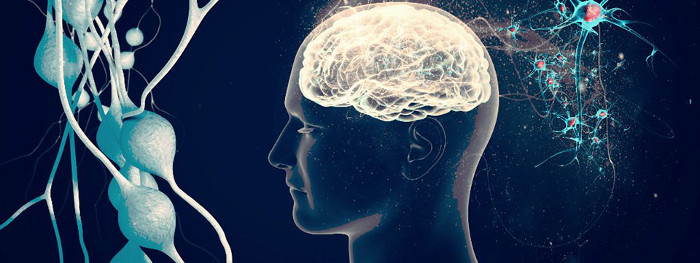Explain why the brain uses so much energy?
By modeling brain activity at rest, neuroscientist James Kozloski at IBM claims to explain why the brain uses so much energy in the body - one of the biggest mysteries to come. This is still not explained, thus providing more understanding about brain activity as well as how to treat some of its diseases.
There are still many mysteries about the human brain that scientists have not yet explained and one of them is why this department uses so much energy. The brain is thought to use about 20% of the body's total oxygen, but why it needs so much, people didn't know it before. And James Kozloski, a computer neurologist at IBM's Thomas J. Watson Research Center, said he could explain this.
After the research process, Kozloski said that the brain constantly creates invariant signal loops by forming trails - it can be thought of as a map of the roads in the human mind. The brain continually outlines its steps through these trails, including three different functional areas: feeling (what is happening), behavior (what can we do about it) and limbic (border system, answering what that means to us).

The brain constantly creates constant signal loops by forming trails.
Kozloski calls this closed loop model "Grand Loop" , and from there he hypothesizes that these loops are the cause of the brain needs so many years, even when we don't need to think, If there is no need to solve a problem or make a judgment or judgment, it will happen. And Kozloski successfully tested the theory of publicity by running it on a neural tissue pseudo-system at IBM with the ability to create a precise model of how nerve cells work in the brain.
Kozloski explains: "The brain consumes a large amount of energy even when it does nothing . This is a great mystery in neuroscience. You don't need to use a lot of energy to create things. meaning unless there is a good reason ".
Kozloski thinks his idea can explain how we can redraw the experiences of the past in response to a new situation - we will quickly refer to the "map of Street " to make the next decision.
With this model, he suggested that a treatment for brain degeneration could be proposed by explaining why a defective gene could lead to immense destruction in the brain. Specifically, according to his theory, this defect will interrupt a loop in the "Grand Loop".
However, the next challenge of Kozloski and colleagues is to find out how the brain can choose "trails" and exactly what is happening inside that loop as well as how it looks. city. "If it doesn't have an important role, it might have been eliminated in long-term evolution," he said. The study is also closely linked to another study conducted by researchers at the University of Minnesota Medical School, showing that up to a third of brain energy helps maintain the activity of neurons and tissue in the "map" that Kozloski describes.
- The brain also has an energy saving mode
- Brain training helps you to have extraordinary energy
- People born without brains still live healthy, IQ is higher than ordinary people
- Human brains are harder to be intelligent
- Are there two brains that exist in one person?
- Halo Sport: Brain-stimulating ear enhances the athlete's performance
- New theory rejects dark energy
- Explain the phenomenon of
- The race for the brain of physics genius Stephen Hawking
- The illusion easily deceives the brain
- Display a part of the brain of Einstein genius
- Interesting facts about the brain
 Green tea cleans teeth better than mouthwash?
Green tea cleans teeth better than mouthwash? Death kiss: This is why you should not let anyone kiss your baby's lips
Death kiss: This is why you should not let anyone kiss your baby's lips What is salmonellosis?
What is salmonellosis? Caution should be exercised when using aloe vera through eating and drinking
Caution should be exercised when using aloe vera through eating and drinking